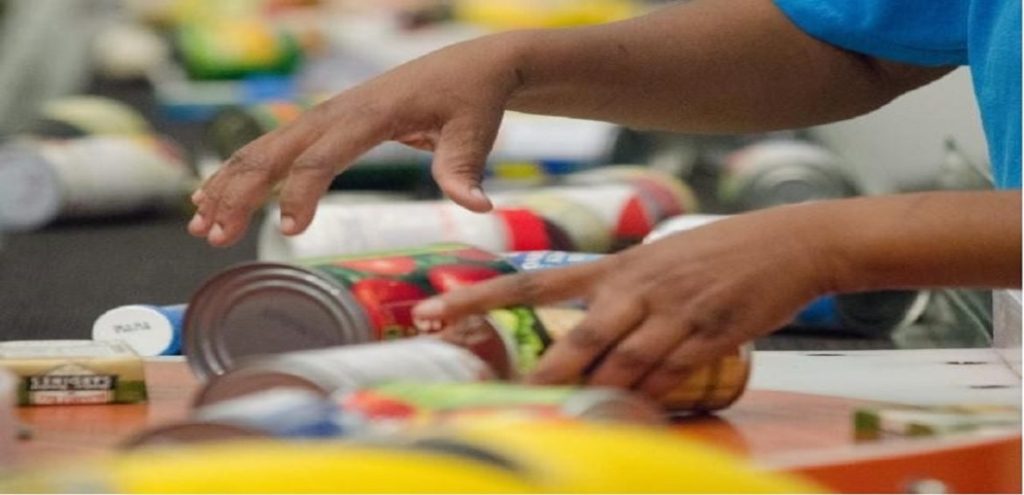Grocery stores across New York City—particularly in low-income neighborhoods—are preparing for a major downturn as critical reductions to the Supplemental Nutrition Assistance Program (SNAP) are set to take effect. These changes, driven by a looming government shutdown and new work eligibility rules, threaten to destabilize small businesses and deepen food insecurity for over one million New Yorkers.
Many local grocers rely heavily on SNAP purchases, often accounting for 80–85% of total sales. Customers use EBT cards to buy essentials such as rice, oil, sugar, eggs, and fresh produce. Any interruption in SNAP payments directly translates into sharp declines in store revenue—some retailers report drops of up to 30% near the end of each month when benefits run out.
The challenges are twofold. First, a potential shutdown in federal funding could halt monthly SNAP payments starting November 1, straining both families and local businesses. Second, recently expanded work requirements, enacted earlier this year, will require recipients to prove employment or risk losing their benefits next year.
The economic consequences could be severe. Independent grocery stores—often operating on razor-thin profit margins—may be forced to lay off staff, reduce inventory, or even close permanently. Analysts estimate the city could face a $360 million loss in spending power from reduced SNAP funds, with the harshest impact in neighborhoods where over half of all grocery sales come from SNAP purchases.
Rising Food Insecurity and Public Health Concerns
Food insecurity in New York City has grown sharply since 2018, with over one million households now relying on SNAP—a 14% increase by 2025. In neighborhoods like Mott Haven in the Bronx, more than 60% of families depend on these benefits. For small, community-based food businesses—bakeries, seafood markets, and corner stores—SNAP cuts pose an existential threat.
Health experts warn that economic pressure may push grocers to stock more processed, non-perishable foods, which are cheaper and last longer but offer poor nutrition. This shift could worsen existing health disparities in vulnerable communities, particularly those already struggling with chronic diseases linked to diet.
Broader Economic and Social Impact
Some store owners also fear that reduced access to food benefits could lead to rising petty theft and shoplifting, compounding existing public safety challenges. While federal lawmakers argue that stricter requirements promote employment and reduce fraud, a 2021 USDA study found no correlation between tougher work rules and higher employment—only a drop in SNAP participation.
Nationally, SNAP injects nearly $100 billion into the economy each year. A projected 9% cut in federal spending could remove roughly $10 billion in annual circulation, hitting both consumers and small retailers.
In response, state officials have announced emergency funding to temporarily offset the loss of benefits, directing millions toward food aid programs. But experts caution that without a long-term solution, many neighborhoods could turn into “food deserts”—areas with limited access to affordable, nutritious food.
SNAP is not merely a welfare program—it’s an economic lifeline that sustains both households and local grocery economies. For thousands of small business owners across New York’s boroughs, its stability determines whether their doors remain open and their communities nourished.

